Electricians plan, install, troubleshoot, and repair electrical wiring, fixtures, and related equipment in homes, businesses, and other buildings. They usually work for electrical contractors or building maintenance departments but may also be self-employed.
A career as an electrician is a good option for people who want to avoid paying hefty college tuition fees. It also offers great job security and high wages. Visit https://www.ampi-electricinc.com/boca-raton-electrician/ to learn more.
The electrical systems in homes, businesses, and factories rely on electricians to install and maintain the power, communications, lighting, and control equipment that makes these spaces comfortable and productive. This work requires compliance with local and national electrical codes, as well as knowledge of safety protocols to prevent fires and electrocution. Electricians may also be responsible for grounding systems, installing protective devices such as circuit breakers and surge protectors, and ensuring that wiring practices comply with all applicable safety standards.
There are a wide variety of wires, bulbs, outlets, and breaker boxes in the average home, along with all the appliances that rely on these connections to function properly. Having a licensed professional perform regular maintenance inspections on these systems can identify issues that could lead to dangerous electrical shocks or a fire, as well as help reduce energy bills by identifying ways to use less electricity.
Electricians can also assist with the development of alternative energy solutions, including the installation of solar panels and wind turbines, helping to promote greener technologies and reduce dependence on fossil fuels. This work can require collaboration with other professionals, such as engineers and architects, to ensure that installations are safe and meet specifications. Electricians may also provide guidance to end-users, explaining proper usage and safety precautions.
As a career, electrical work is appealing to people with good problem-solving skills and an ability to think on their feet. It’s a physically demanding job that can require lengthy periods of standing or working on ladders, so it’s not for everyone. Most people who choose to become electricians start as an apprentice and participate in an apprenticeship program that takes 4-5 years to complete. Alternatively, an associate’s degree at a trade school can take two years to earn and provides all the necessary training and documentation needed to start working as a journeyman electrician.
The demand for electricians is expected to grow 9% in the next decade, which is faster than the average for all jobs. This growth is due to the increasing popularity of renewable energy sources and construction spending. Additionally, the expansion of alternative power generation will require more electricians to install and connect these systems to power grids and homes.
Safety
Electricians are trained to work safely and have the tools and equipment needed to perform tasks such as installing and repairing electrical fixtures, light bulbs, wiring, outlets, and switches. They also follow all applicable safety protocols and take measures to avoid electrical shocks or fire hazards. In addition, they are knowledgeable about national and state safety regulations and codes that govern their trade. They are able to identify and correct unsafe conditions that could endanger employees or create hazardous working environments.
In addition to providing regular maintenance services, electricians can conduct comprehensive electrical safety inspections on your home or business. This can help you save money on your energy bills by identifying areas of inefficiency and making necessary upgrades. For example, older homes may have outdated wiring that is no longer considered safe or adequate for current electrical demands. A professional can replace this outdated wiring with more modern and safer components.
Another way that electrical contractors can help keep your company or office safe is by training workers on how to correctly operate and maintain electrical equipment. This can prevent dangerous accidents that can result in serious injuries or even death. In addition, the electrical contractors can provide education and resources on how to recognize potential safety risks.
Fire is one of the leading causes of property loss and damage, both in commercial and residential settings. Faulty wiring, overloaded circuits, and outdated or damaged equipment can all pose fire risks. In addition to ensuring that all systems are in good condition, electrical contractors can also install fire-resistant materials and other fire-prevention methods.
Electrical safety is a top priority for everyone, especially in the workplace. It’s crucial to follow all legal and regulatory standards for electricity in order to protect your employees, customers, and clients from potential injuries and hazards. This is why it’s important to have a team of qualified electricians on hand to assist with all your electrical needs.
Increased property value
When a homeowner hires professional electrician services, they can count on their work adding value to the property. This is because professional upgrades, like LED lighting, ceiling fans and dimmer switches, make the home more energy efficient and appealing to potential buyers. In addition, rewiring the house will ensure that all of the appliances and devices in the home are safe and working properly.
Electricians install, maintain and repair electrical power, communications, lighting and control systems in homes, businesses and factories. They are trained to handle various components of these systems, including wiring, circuits, outlets and switches. Service electricians typically troubleshoot and make repairs to existing wiring, while construction electricians focus on new installations. Some electricians specialize in specific fields, such as marine or hospital electricians.
They usually begin their work by reading blueprints, technical diagrams that show the location of electrical wires and components. They then use handtools, such as conduit benders, screwdrivers, pliers and knives, as well as power tools, such as drills and saws, to install and connect the wiring. Electricians also use ammeters, voltmeters and other testing equipment to ensure that the wiring meets safety standards.
The best electricians are able to solve problems quickly and effectively. They have excellent attention to detail, and they can troubleshoot electrical issues by tracing circuits, measuring voltage levels and using other diagnostic tools. They are also skilled at communicating with other professionals, including architects, engineers, contractors and building inspectors.
Many electricians are union members, and they can choose to be represented by the International Brotherhood of Electrical Workers or another trade organization. They can also be independent contractors, depending on the policies of their employers. In either case, they are often required to travel between job sites and may be exposed to dust, dirt, debris or fumes. In some cases, they may be required to work in cramped spaces or to climb ladders to perform their duties. These conditions can be dangerous for both the worker and the surrounding people. In addition, they may be required to wear protective gear, such as face masks or goggles.
Peace of mind
When electrical problems occur, it’s no surprise that they throw a huge wrench in your day-to-day life. Whether you’re hosting guests at your home in Arlington or enjoying dinner with the family in Keller, losing power can be a major inconvenience and disrupt your regular routine. When these issues arise, having a 24/7 electrician to call is invaluable.
Professional electricians understand all relevant safety regulations and codes. This means that their work will always meet the highest standards and reduce the risk of fires, injuries, or other costly damage to your property.
Whether you’re renovating your old house or upgrading your current energy systems, professional residential electricians can assist you in improving the overall efficiency and functionality of your home’s electrical solutions. This can help you save money on your utility bills and make your living spaces more comfortable.
Faulty electrical connections are one of the most common causes of household problems. They can lead to short circuits, faulty appliances, and even fires. Professional electricians can identify and fix such issues quickly through their specialised knowledge and problem-solving skills, preventing them from escalating into larger electrical faults that require more extensive repairs.
Many people try to do DIY electrical repair work in order to save money. However, this can be very dangerous and lead to severe consequences. Electrical shocks are not only unsettling, but they can also be deadly. Moreover, DIY homeowners may not have the necessary tools and expertise to deal with serious electrical issues. Hence, it is always best to leave any electrical issues to the professionals.

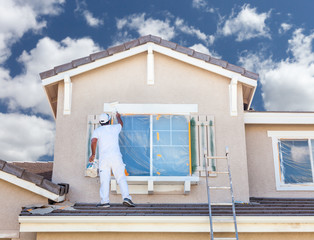
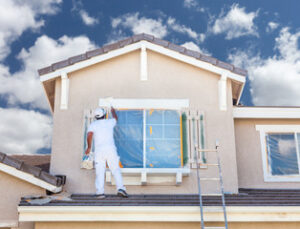




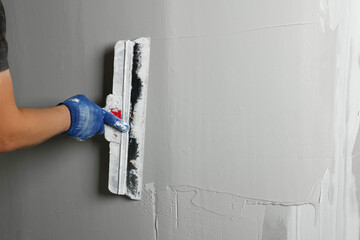
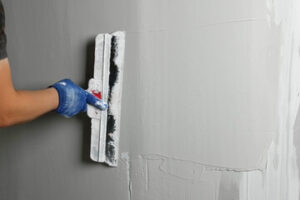
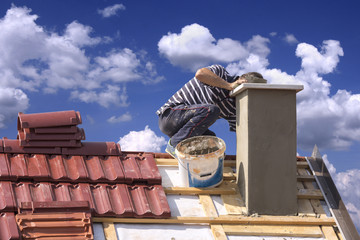
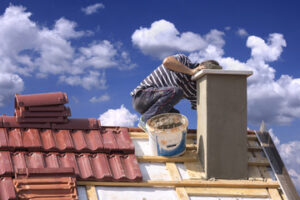 Brick spalling is one of the earliest signs that your chimney structure needs repair. It can also be a very expensive issue to ignore. It exposes the porous nature of masonry and allows moisture to penetrate the underlying material. This can quickly lead to deterioration of the masonry and other materials like drywall, boards, and framework that support the chimney structure.
Brick spalling is one of the earliest signs that your chimney structure needs repair. It can also be a very expensive issue to ignore. It exposes the porous nature of masonry and allows moisture to penetrate the underlying material. This can quickly lead to deterioration of the masonry and other materials like drywall, boards, and framework that support the chimney structure.
